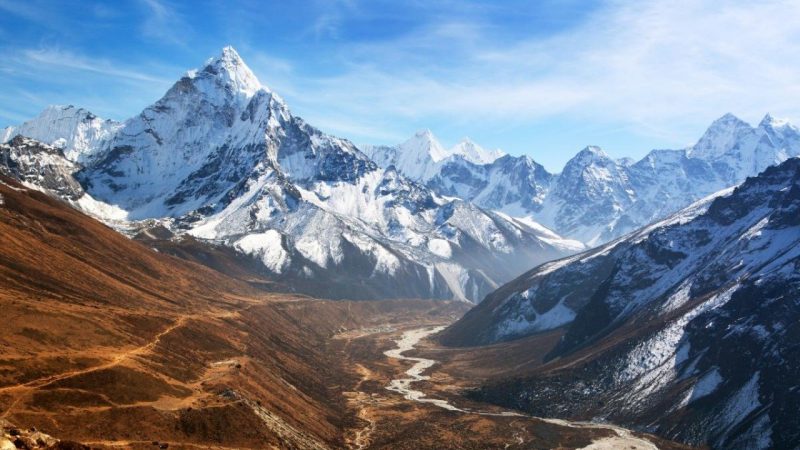Scientists from the Indian Institute of Science (IISc) and Japan’s Niigata University have made a groundbreaking discovery by finding water droplets in rocks from the Himalayas. These water droplets are believed to be from an ancient ocean that existed around 600 million years ago.
This groundbreaking discovery provides new clues to unravel the mysteries surrounding the origin of complex life on Earth.
Water Droplets in Minerals Reveal Ancient Geological Chain-Reaction
The water droplets found within the minerals bear signatures of both ocean and freshwater, hinting at a chain-reaction caused by a series of intricate geological processes that occurred hundreds of million years ago. These processes triggered significant changes on Earth, shaping its history and evolution.
Earlier hypothesis: The Snowball Earth Glaciation and the Second Great Oxygenation Event
According to scientific beliefs, around 700 to 500 million years ago, the Earth might have been enveloped by extensive ice sheets in a period called the Snowball Earth glaciation. Following this event, the Second Great Oxygenation Event occurred, resulting in a substantial rise in oxygen levels within the Earth’s atmosphere. This increase in oxygen played a crucial role in the evolution of complex life forms.
New Research Unveils Insights into Ancient Oceanic Conditions and Earth’s Evolution
The latest research can offer valuable insights into ancient oceanic conditions such as pH, chemistry, and isotopic composition, which have thus far been only theorized or modeled. Moreover, it may provide answers to inquiries regarding the evolution of oceans, Earth’s history, and the emergence of life.
Key takeaways for competitive examinations
- Elevation of The Himalayas: 8,848.86 meters




 Weekly One Liners 15th to 21st of Decemb...
Weekly One Liners 15th to 21st of Decemb...
 World Basketball Day 2025 Celebrates Bas...
World Basketball Day 2025 Celebrates Bas...
 UN Celebrates Second World Meditation Da...
UN Celebrates Second World Meditation Da...







